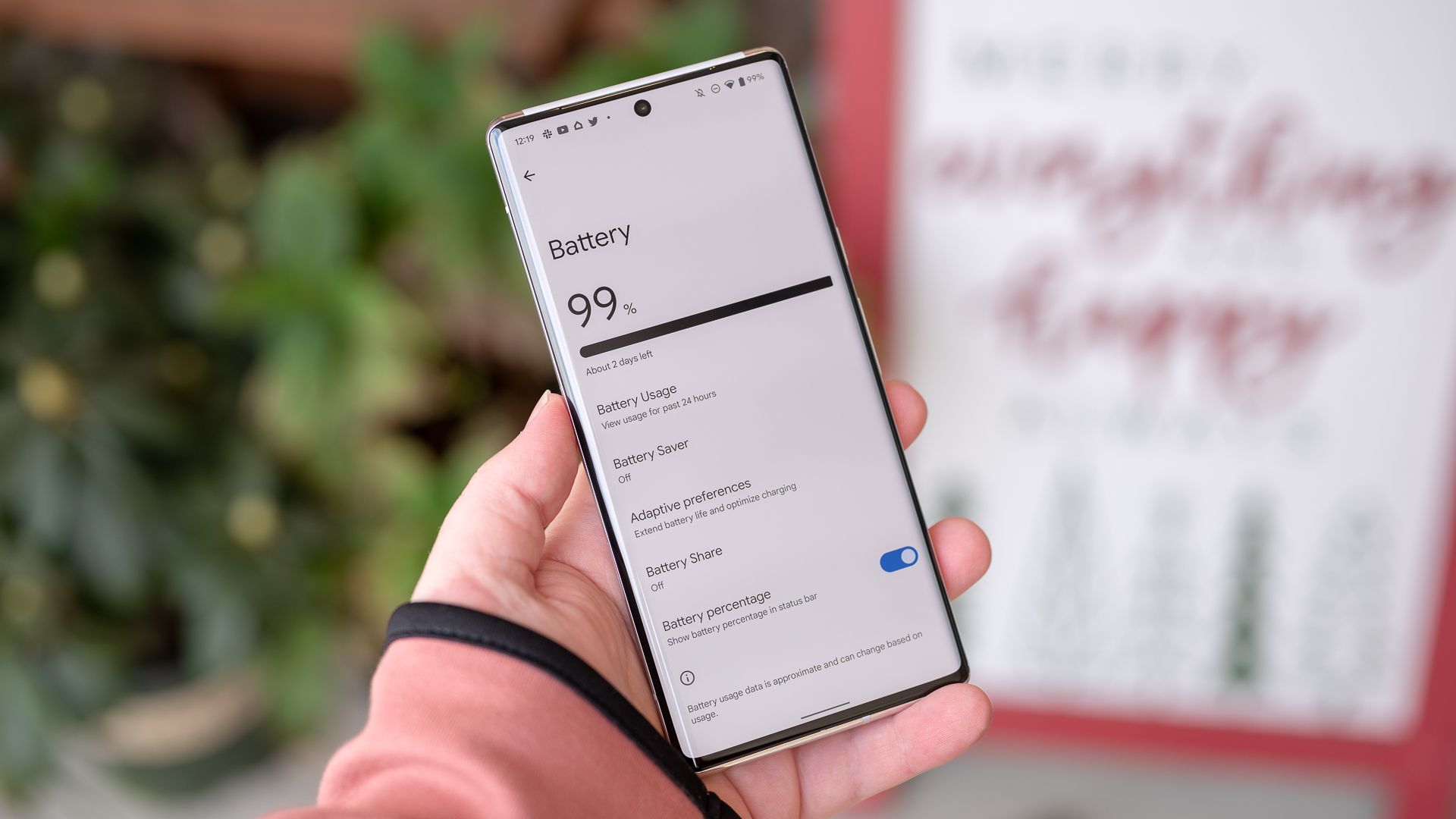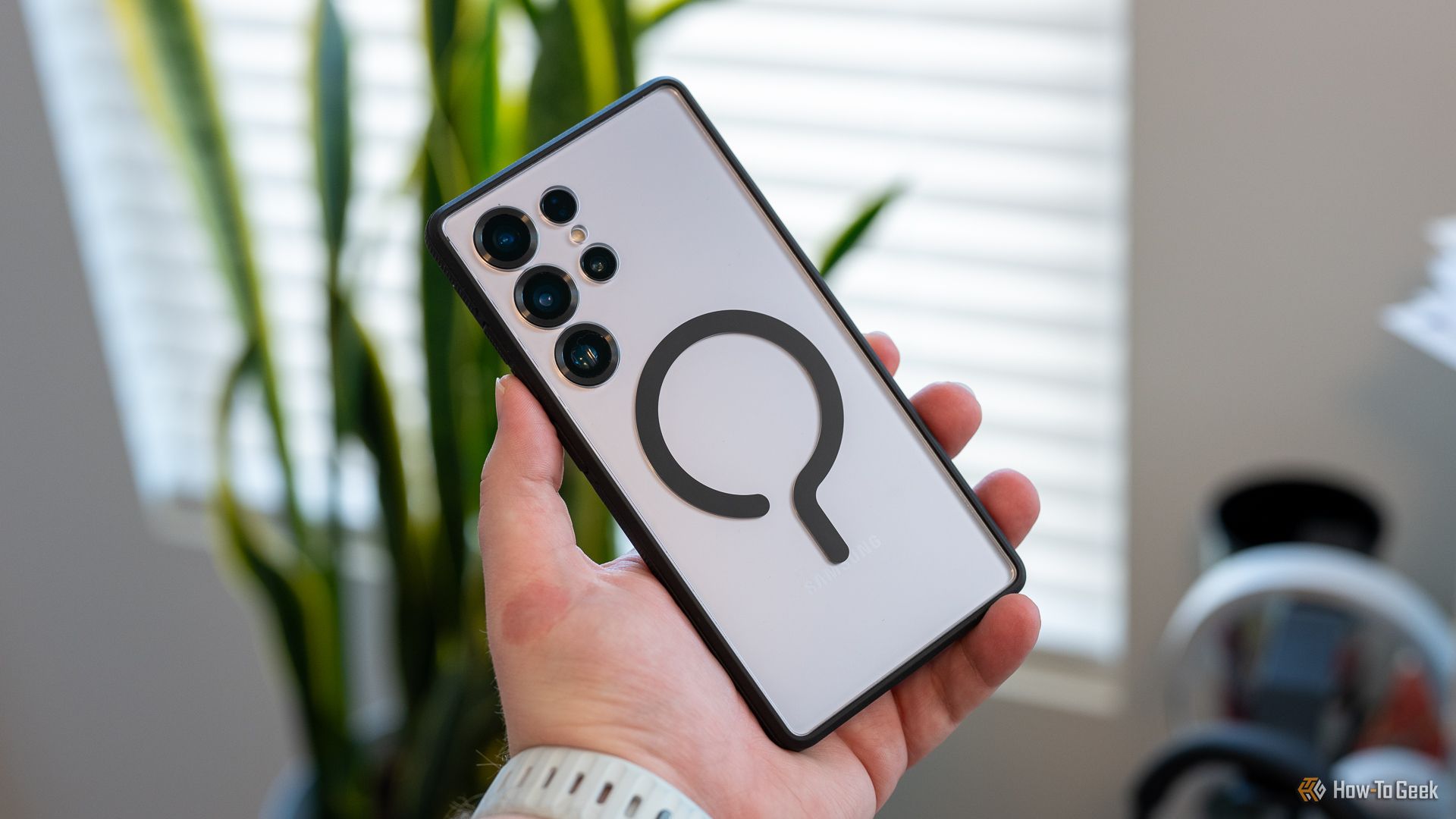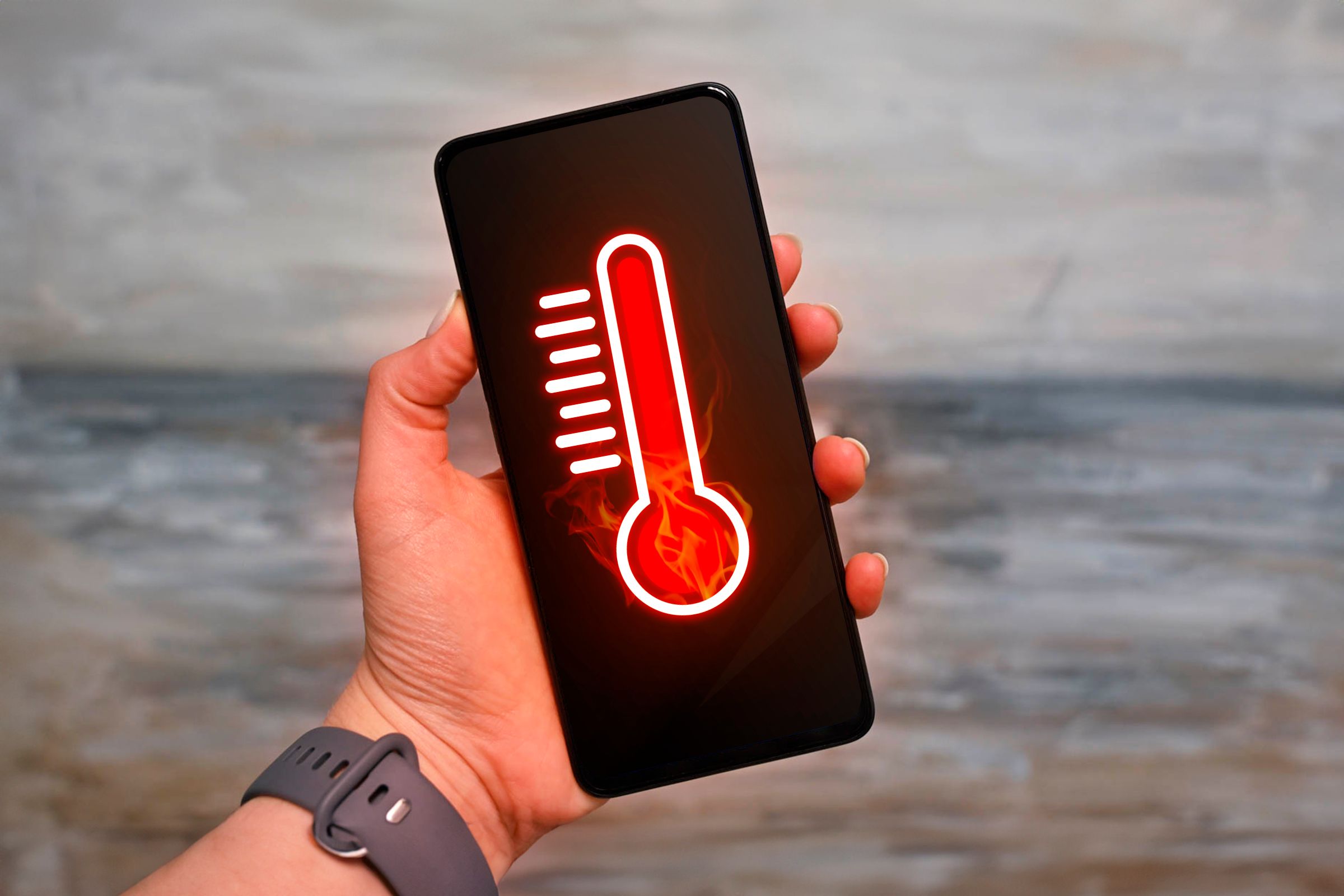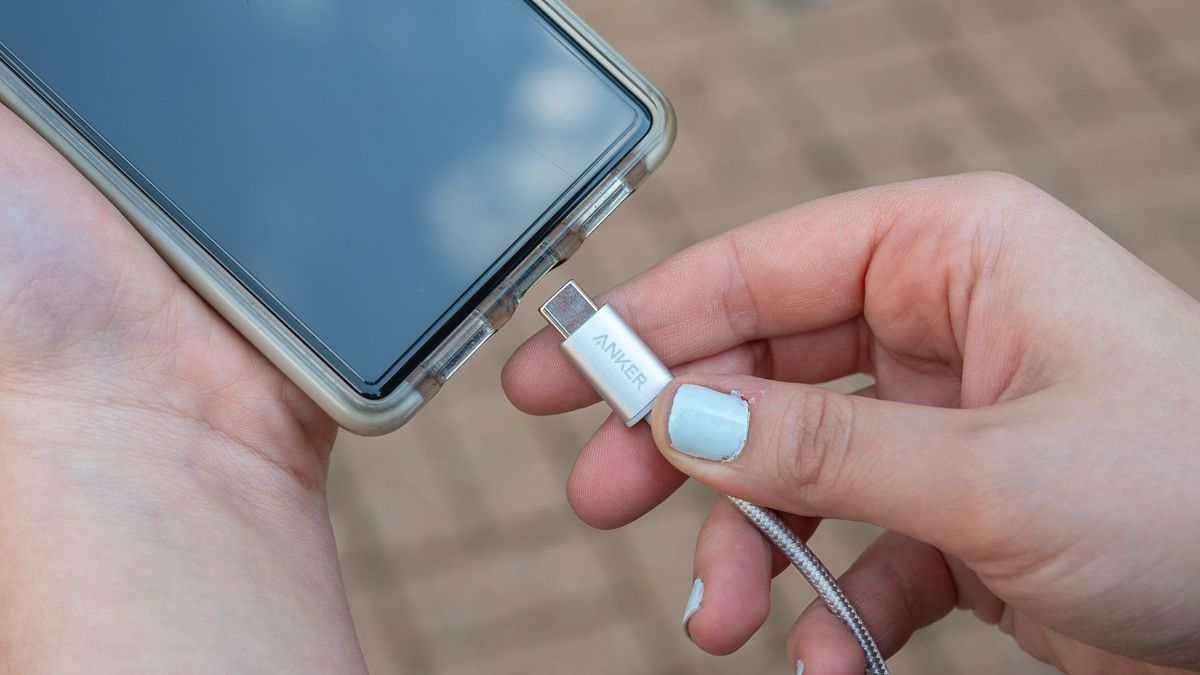I’m all in for tech companies working toward a wireless future. I love my wireless earbuds, mouse, and keyboard, but when it comes to wireless charging, I remain skeptical. Allow me to explain.
Wireless Charging Is Still Incredibly Slow
The idea of being able just to put my phone on a wireless charging pad and pick it back up whenever I need it is indeed tempting, but this convenience means nothing if I have to wait several hours for my phone to fully charge. I’m aware the Qi2 wireless charging standard has brought major improvements, pushing the power output to up to 15W—three times the output of the original Qi standard. But let’s not pretend that 15W is fast by any measure.
We’re at a stage where tech companies have surpassed 100W and more with wired charging. The OnePlus 13 is a great example; it has a beefy 6000mAh battery and can go from empty to 50% in just 13 minutes and fully charge in 36 minutes. For those who are always on the move, this peace of mind is a genuine perk.
The way I see it, Qi2 is less about speed enhancement and more about standardizing wireless charging alignment, effectively opening you up to the world of MagSafe accessories even if you’re an Android user like me. I’m not saying wireless charging needs to catch up to wired charging speeds; I highly doubt that’s even possible. I’m saying it just needs to be fast enough that it’s not such an inconvenience.
Wired Charging Is Far More Energy-Efficient
No energy transfer is 100% efficient, but wired charging is the best we have by a wide margin. When you plug in your phone, power flows directly from the outlet to the device via a cable, minimizing energy loss. Compare this to wireless charging, which relies on electromagnetic fields to transfer energy.
When you put your phone on a charging pad, the power has to penetrate several layers, each of which introduces more resistance, before finally being received by your phone.
The plastic housing of the pad itself, the silicone MagSafe case you might be using, the glass on your phone, and the thin plastic covering the copper coils inside your phone all act as obstacles and reduce the overall effectiveness of the energy transfer.
That means, all other variables being equal, a 15W wireless charger will be slower and use more power than a 15W wired charger to fill the same battery capacity.
More Heat Can Damage the Battery
Energy not absorbed by your phone is lost and dissipated in the form of heat, and because wireless charging is less efficient, it’s more prone to this effect. And as you probably already know, heat is bad for battery health. It’s why Apple canceled AirPower back in 2019, too.
This effect isn’t as obvious initially, but if you’re someone who consistently uses a wireless charger, there’s a pretty good chance that your phone’s overall battery capacity after a year or so will be worse than what it would have been had you just used a regular wired charger.
A common objection to this argument is that, since wired chargers are much faster, they push more power into your phone rapidly, which can heat it up. That’s a fair concern, but it fails to notice all the nifty tricks companies have employed in the last few years to minimize heat.
The most clever one, I think, is splitting the battery in two and charging each half separately at a lower wattage. The 6000mAh battery on the OnePlus 13 I mentioned earlier is actually two 3000mAh cells stuck together. That way, instead of accepting 100W to fill a massive battery, which might indeed generate heat, the phone technically only has to accept 50W for each cell.
This extends the time the phone can remain cool and, therefore, resist lowering the wattage for longer, improving charging speed. Other brands, including Asus, RedMagic, Xiaomi, Vivo, and Realme, also use dual-cell batteries in some models.

Related
Battery Health Tips: How to Make Your Phone Battery Last Longer
Want to keep your phone’s battery alive and kicking for years?
Many modern wired chargers use gallium nitride (GaN) to greatly increase power efficiency, and even have cooling mechanisms built into the adapter itself to further reduce heat. Some of the more expensive chargers, such as this 140W GaN multi-device adapter from Anker, even come with a screen that lets you see the wattage and the temperature.
My point is this: there’s a lot more ingenuity and attention directed toward making wired charging better. Not enough people use wireless charging for it to be a priority for tech companies and accessory manufacturers, so the problems associated with it perpetuate.
Wireless Chargers Are Not Economical
Wireless chargers also often fall short when it comes to value for money. You can find a braided USB-C cable for as little as $3 on Amazon, while a Qi-certified wireless charging pad usually goes for around $15 or more (not including the wall adapter). Similarly, Apple’s 60W USB-C cable costs $19, but its MagSafe charger is $39.
That means when you buy a wireless charger, you not only have to bear slower charging speeds but also pay more for it upfront. It’s a lose-lose situation.
Keep in mind that the cord that runs from the outlet to the charging pad isn’t braided in most cases, so there’s a greater risk of it undergoing wear and tear more quickly. That means you might have to replace your wireless charger sooner, even if the pad itself is perfectly fine. This is just wasteful and creates more trash.
USB-C Is Universally Compatible
We really take for granted how big an influence USB-C has had on consumer electronics. The convenience of being able to both charge and transfer data across your devices with a single reversible cable without having to worry about compatibility issues is a big achievement.
All modern smartphones, tablets, laptops, Chromebooks, power banks, earbuds, gaming consoles, and more use USB-C. I’m aware USB naming conventions are a disaster, but the point stands: USB-C is everywhere.
Just a few years ago, we juggled micro-USB for Android, Lightning for Apple, and barrel plugs for laptops. But with USB-C, even non-tech-savvy people can make better use of their gadgets, and you no longer need a drawer full of proprietary cables and chargers, minimizing e-waste. Wireless chargers are nowhere near this level of standardization.
Wireless Charging Is Bad for the Environment
Wireless charging is bad for the environment in every way. Because it’s inefficient, it uses more power than what’s absolutely necessary, wasting energy. And because it produces excess heat and damages your battery health, it forces you to upgrade sooner, which again increases your carbon footprint.
Also, because most people don’t already own a wireless charger, having to buy and ship it separately creates more packaging waste and emissions during transit.
I’m Waiting for True Wireless Charging
I’ve saved the best bit for the end. My biggest gripe with wireless charging is that it isn’t even wireless! Not yet, at least. You wouldn’t call neckband earphones wireless, would you? In the same way, a charging pad or stand connected to an outlet via a cable doesn’t count as wireless in my book.
True wireless charging, or air charging as Xiaomi calls it, would be if your phone automatically starts charging as soon as you enter a room. That tech actually has some merit to it, but we are nowhere near that future because all the problems associated with wireless charging amplify when you go truly wireless.
Companies selling wireless chargers often market them as a way to stay fully charged at all times, but this is also bad for your battery. Lithium-ion batteries don’t like being empty or fully charged and prefer being as close to 50% as possible to remain healthy.
Plugging in your phone at random intervals throughout the day to partially charge it is perfectly safe; just try not to use your phone while it’s charging.







